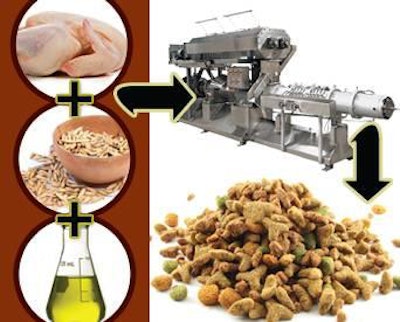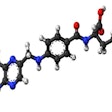
Thermal processing—also known as cooking—of petfoods provides a number of benefits, including convenience, enhanced flavor and texture, improved consistency, pathogen control and decreased spoilage. However, extensive processing can increase variability, destroy essential nutrients and create unwholesome by-products. From a formulator’s perspective, this creates a dilemma regarding how to assure the diet is sufficiently fortified while avoiding excess after accounting for processing effects.
Expand your knowledge with eLearning














